RAIL’s Mystery Shopper examines the pros and cons, the pitfalls and the plusses of taking a journey that sometimes involves more than just your intended train.
Very few people will deliberately make their travel plans to purposely include a rail replacement bus, and to endure a journey that is potentially three times as long. But in the name of research, RAIL has done just that.
RAIL’s Mystery Shopper examines the pros and cons, the pitfalls and the plusses of taking a journey that sometimes involves more than just your intended train.
Very few people will deliberately make their travel plans to purposely include a rail replacement bus, and to endure a journey that is potentially three times as long. But in the name of research, RAIL has done just that.
Noting that the East Coast Main Line from Peterborough to King’s Cross was devoid of trains on this particular date, we looked at what the travel options were to get into the capital - a journey that normally takes 45-50 minutes on an LNER fast train.
Interestingly, LNER had chosen not to divert from Peterborough to a different London terminus.
We’re not sure why - it might have been because of pathing capacity restraints on other routes, or because the Class 800 Azumas may not be cleared for other routes (although we believe they are passed to run to Liverpool Street), so perhaps it was just such a short-term closure for which training staff on new routes would be prohibitively expensive.
Whatever the reasons (and feel free to reply to us LNER), the alternative travel plan was a rail replacement bus service to Bedford, and a Govia Thameslink Railway or East Midlands Railway train into St Pancras.
One plus was that the advance fare was cheap (a Peterborough to King’s Cross ticket was just £15), although the itinerary given on booking was somewhat time-consuming.
However, from what we could ascertain, there was no ‘booked’ train forward from Bedford – it was a case of just grab the first one and go.
There are three main service patterns from Bedford to St Pancras: Thameslink worked by its Class 700s, which are overly basic and not that comfy; East Midlands Railway with its Connect services from Corby into London using Siemens Class 360/1 Desiro units; or EMR’s inter-city trains which have come from the North (Derby, Nottingham or Sheffield), worked by those pretty awful Meridian diesel units.
Our bus is due to leave Peterborough at 1020. Yet the ‘booked’ train as per the travel itinerary is the 1210 from Bedford. It’s all very well including a bit of contingency (it’s about an hour’s journey between the two stations), but that’s a bit much.
Arriving at a freezing cold Peterborough station, our first interaction with the LNER staff (the operator manages this station) is not a good one.
When asked if the bus directly outside the concourse front was for Bedford, a man in an LNER uniform unhelpfully says “I dunno mate, ask the driver”.
Well, we would if he were sitting in his seat. But he is nowhere to be seen.
In fairness, the next LNER man I speak to is more helpful and directs us to a longish queue of waiting passengers around the corner. And then the bus arrives - ironically the one we’d just been looking at for its driver.
So, no major dramas so far. The bus is on time, and we all get on, with plenty of seats available.
Interestingly, at 1017, we set off (three minutes early). Let’s hope there were no late arrivals or people who hadn’t received the information as to where the bus was going from - and duly missed it.
As predicted, it takes just less than an hour to cover the 35 miles or so to Bedford, and we arrive at 1115.
There is a London train due at 1120, and Realtime Trains highlights that it’s a ten-car Class 222 combination (two five-cars together).
We board this instead of the advertised 1210… and immediately wish we hadn’t. It is packed to the gunwales with passengers - every seat is taken, and no room for a coach load-plus of Peterborough people.
Even those who had selfishly dumped their luggage on the seat next to them are soon ‘encouraged’ to do the right thing and shift it to free up a valuable seat.
People are stood in the aisles, in the vestibules, by the buffet counter (which isn’t open) - and it’s awful. It begs the questions: did EMR or GTR put on any extra trains to cope with an anticipated increase in passengers? Were they even asked to? Indeed, did they even have the resources to do so?
A while back, when LNER was forced to divert and put passengers onto coaches, Network Rail funded a few additional locomotive-hauled trains from Peterborough to London Liverpool Street (operated by West Coast Railways) over a similar weekend of no access to King’s Cross. But no one advertised these trains, so it was mainly full of rail enthusiasts enjoying a free trip to London behind a Class 47. Similar trains would have been useful this weekend.
Having stood for a few minutes, and not relishing the thought of another half an hour of this sardine can experience, we decide to get off this train at Luton Airport Parkway and to wait there for a quieter train - and at least, hopefully, get a seat.
For the purpose of this review, having never set foot on this station (which opened in 1999), we decide to have an extended break, take a look around, use the facilities (there was no way we could get to the toilet on that rammed Meridian), and opt for the ‘360s’ on the 1210 train that our ticket had previously suggested.
While at Luton Airport Parkway, we make use of the free phone charger booth (might as well stick in a few percentage of charge, while killing time).
But otherwise, the station is an utterly soulless place - a concrete jungle of nothingness, freezing cold, and we are fleeced £4.25 for a ‘medium’ cup of coffee. That makes a motorway Costa look positively good value.
Even the lovely lady serving is profusely apologetic at charging such an amount of hard-earned cash for what transpires to be a thoroughly average cup of coffee
While waiting at Luton Airport Parkway, a Hull Trains Class 802/3 roars through on its way south, so at least one operator had ‘bothered’ to divert its trains - while also proving you can run a Hitachi AT300 on the Midland Main line.
Mind you, in fairness to LNER, to get to St Pancras and avoid the blockade, the ‘802/3’ would have had to reverse at Peterborough and head to either Manton Junction or Leicester and head to London that way - perhaps going to Liverpool Street would be a better idea.
(As a sidenote, since RAIL took this journey, LNER has indeed undertaken a trial of an Azuma into St Pancras, and one hopes it will start using the station as an alternative.)
Despite having 50 minutes at ‘LAP’, the time passes quickly, and we head over to Platform 3 for the London train, although it has lost a bit of time and arrives ten minutes late.
It is formed of a pair of four-car Class 360/1s. These trains were ordered by First Great Eastern for use out of Liverpool Street to the likes of Clacton and Walton-on-the-Naze.
They were replaced by Greater Anglia in 2010-11 by Class 379s, and were duly cascaded to the Midland Main Line to be used on the newly electrified line to Corby. For this work, they were modified to run at 110mph.
It’s a shade under 80 miles (and 70 minutes) from St Pancras to Corby. And that, in our eyes, is way too much to expect people to travel on what is essentially a commuter train with 3+2 seating and few creature comforts.
The unit we’re travelling in (360111) is looking very tired inside. The carpets are quite manky and the seats worn. But at least there are a few spare seats and it’s nice and warm inside.
We’re not sure what the commuter market from Corby is like, but this was the biggest town in the UK without a railway station until 2009. It now has an hourly electric service to the capital, plus a handful of inter-city trains. Given that it also serves Kettering, Luton and LAP, it’s a useful service.
We lose a few more minutes, with apologetic messages from the guard, who highlights that passengers could be entitled to some compensation as the train is over 15 minutes late.
The journey actually passes very quickly, and we arrive at St Pancras at 1311 - so, just under three hours from when the bus left Peterborough. Remember, a direct LNER train is about 45 minutes.
We reckon you could easily get from Peterborough to Liverpool Street via Cambridge on a Class 800 in under three hours and avoid all the messing about of getting on and off a bus.
Of course, we should add that had we stuck with the 1120 from Bedford, with its two overcrowded Meridian units, or even opted for a GTR Class 700, we would have done the journey in a lot less time. We would have arrived at St Pancras at 1208 on the former and 1240 on the latter.
Anyway, at St Pancras, it’s utter bedlam. Since they changed this station to be the Eurostar station, the domestic services have been given short shrift - four platforms for the Midland Main Line trains, while another three on the opposite side of the Barlow trainshed serve Kent via HS1 with its Southeastern Javelin trains.
The combination of ECML and MML passengers, plus Leicester City playing in the capital, means that the station is absolutely packed with passengers forced to queue, ready to board their trains north.
It’s a cramped station, and it’s not an easy situation for the operator to manage. This is the cue to leave the station and head into London for the day.
The point of this Mystery Shopper is to study how train operating companies (TOCs) cope with major line blockades, which are always going to be necessary from time to time.
In BR days, diverting was the first option, regardless of how much extra time and mileage it put into the journey.
In its early days of privatisation GNER (one of LNER’s many predecessors) diverted trains, but it then stopped, and it was onto buses.
But passengers didn’t like it and GNER was forced to start diverting again - via the Great Northern/Great Eastern Joint Line through Lincoln, or via Ely, the Durham coast or Carlisle (among others).
East Coast and LNER has continued this, but it’s that section of line south of Hitchin where diverting is hard - especially if the blockade is actually at King’s Cross or south of Bounds Green.
But as a rule, TOCs should endeavour to divert wherever possible, even if it is a major increase in journey times.
Bus replacements are a pain. It can be an unpleasant wait for them to arrive in poor weather, getting off them is time-consuming (especially if you end up at the back of the bus), there’s the messing about of finding the trains at an unfamiliar station, and seat reservations seem to go out the window.
The experience on our journey also highlighted a fundamental flaw: if you shift a load of passengers off one main line onto another, that other line has to be able to cope comfortably with that extra patronage. The Midland Main Line couldn’t, and nor could St Pancras. And that creates the potential for flash points.
It’s even worse if you start a journey on a train, then have to change to get on a bus, and then change to get on to another train.
And it’s then even worse again if you have children or elderly relatives travelling with you.
Even getting off the coach was a nuisance. There was just one door, and it was a bit like getting off a plane - passengers all stand up, grab their luggage, and then have to wait until the single file finally disembark.
They then have to find the station entrance, and the platform for their train. And then (as it was on this trip) if the train arrives and it’s already full and standing, that creates further problems.
LNER needs to work with NR to provide a through train alternative to the coach. Give passengers the choice. The rail replacement may (not always, but may) be quicker, but do highlight the hassle factor.
A diverted train will obviously take longer than the direct trains, but may still be more preferable. With bi-mode multiple units, LNER only has the crewing issue - and there are always people who can route conduct.
Route closures are necessary for the greater good of the network, that’s a given. And sometimes the use of replacement buses is wholly unavoidable.
But where they are, and through trains are an option on a diversionary route, TOCs should do more to ensure they can keep passengers on the train.
For a full version of this article with more images and data, Subscribe today and never miss an issue of RAIL. With a Print + Digital subscription, you’ll get each issue delivered to your door for FREE (UK only). Plus, enjoy an exclusive monthly e-newsletter from the Editor, rewards, discounts and prizes, AND full access to the latest and previous issues via the app.
Login to continue reading
Or register with RAIL to keep up-to-date with the latest news, insight and opinion.

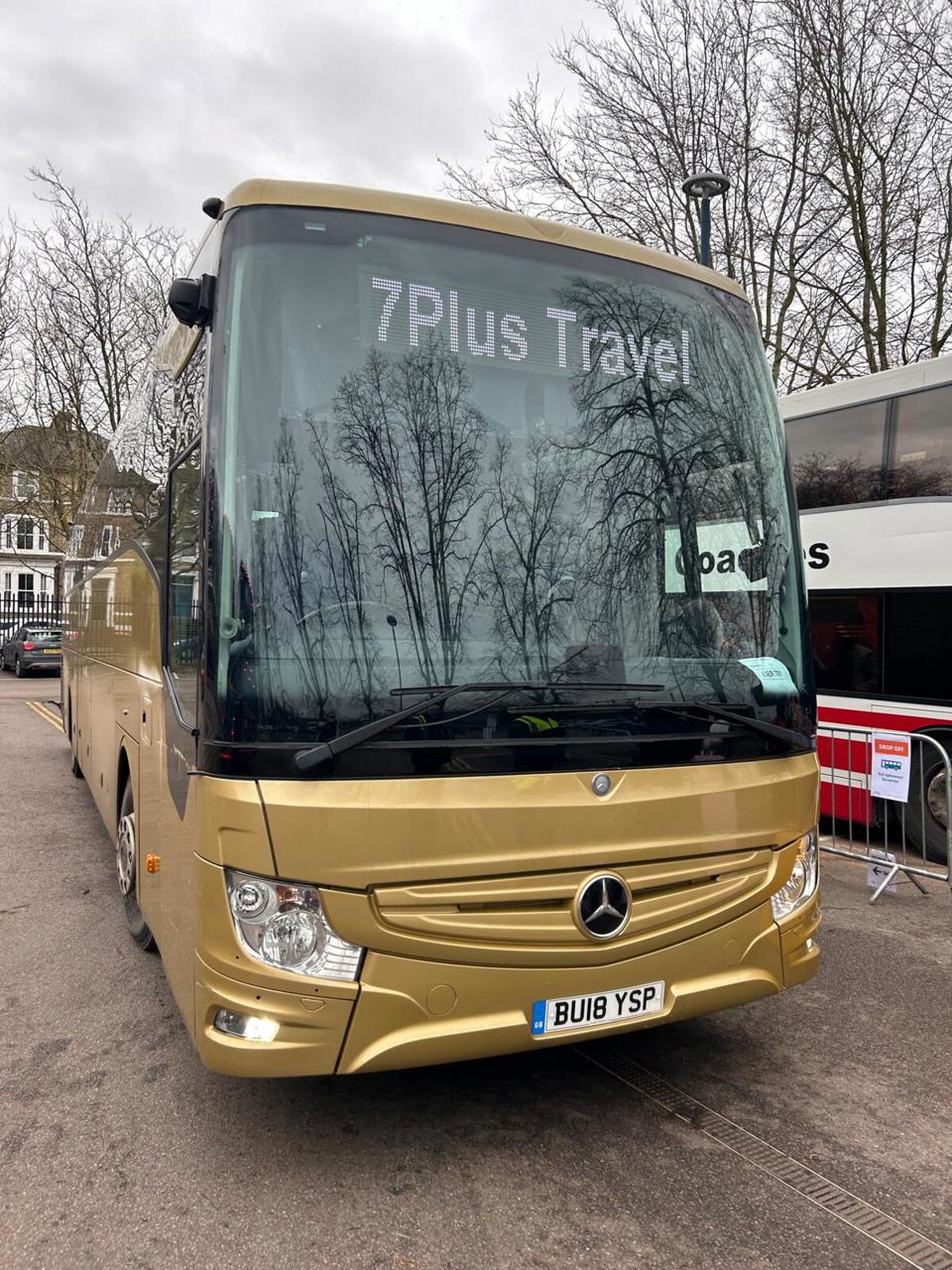

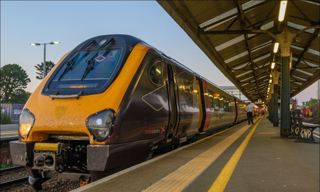
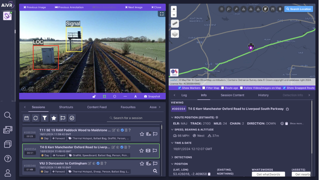
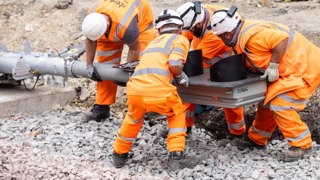
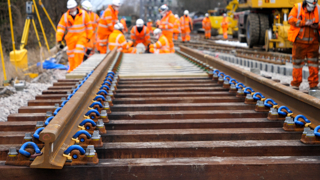










Login to comment
Comments
No comments have been made yet.